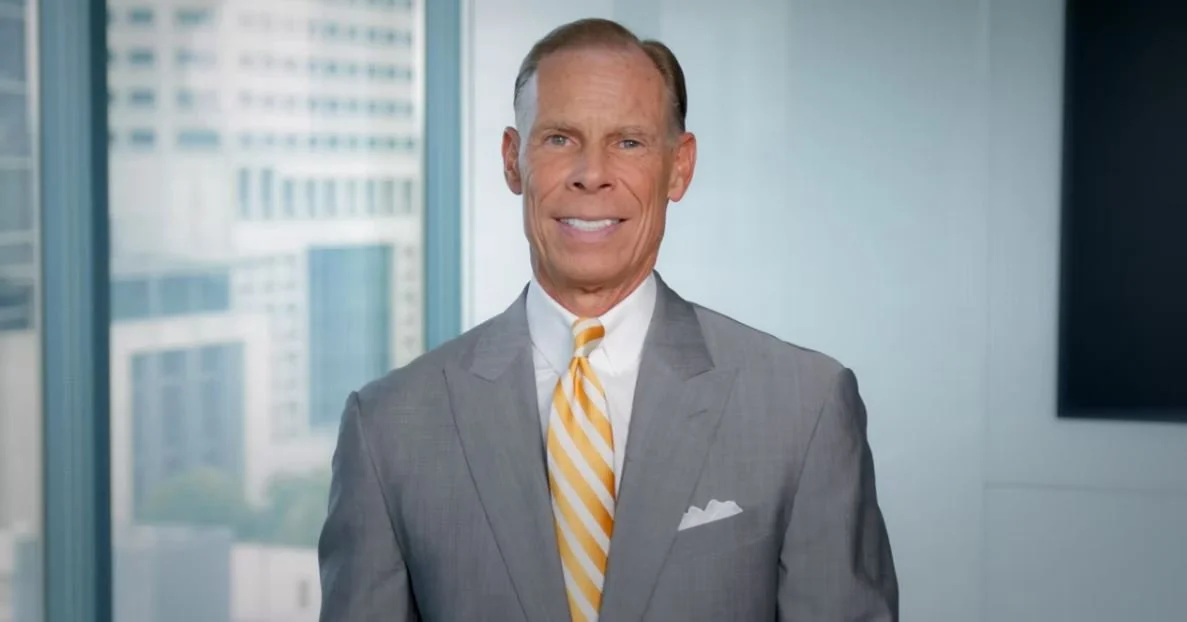2020 has been such a challenging year for so many, so on this Thanksgiving weekend we offer our thanks to all the healthcare workers who have provided comfort to so many amidst the COVID-19 pandemic. We are also thankful for all the researchers and volunteers who appear to have us at the doorstep of widely available vaccines with the corresponding hope for a return to normalcy. True to form, financial markets have already begun anticipating what a post-vaccine world will look like and asset prices have responded accordingly.
How Far into the Future?
The stock market is a discounting mechanism. What does that mean? It means the value today is explained by the economy in the future and ultimately long-term earnings.
Two Steps Forward, One Step Back
On the back of the strongest election week returns since 1932, markets rallied sharply to begin this week as Pfizer announced 90 percent efficacy on a COVID-19 vaccine. Even more, the industries performing best were those most sensitive to economic momentum, instead of the “stay-at-home” trade that has dominated the market for the majority of the year with Amazon, Apple, Microsoft, Facebook and Google accounting for around 80 percent of the S&P 500 return.
Markets Abhor Uncertainty
Assumed to be postulated by Aristotle, “horror vacui” roughly translates to “nature abhors a vacuum.” The financial market equivalent would be “horror incertae,” or “markets abhor uncertainty.”
COVID Economy
We have been closely monitoring the recent uptick in COVID-19 infections across the country and in Europe. The path of the virus is the most important factor in the economic recovery and the thing that we know the least about.
Humans Being
While retail investors continue to be focused on negative media headlines, stocks continue to climb the “wall of worry.”
Yield On, Yield Off
When the Federal Reserve cut their overnight policy rate by a total of 2.0 percent to the zero bound in the fourth quarter of 2008, few investors would have anticipated it would be another seven years before the Fed felt economic conditions warranted raising that policy rate by even one-quarter percent.
Making Sense of the (Un)Employment Picture
Each week our Investment Policy Committee meets to review asset allocation and our outlook for the economy and global markets. We have a standard book of economic charts that we review to determine the health of the economy and what is transpiring around the world and many of these indicators go back decades.
Seasons of Change
For many, 2020 has been a year to forget. Headlined by the COVID-19 pandemic and the ensuing global response, stimulus from central banks and governments has helped limit the damage, as the U.S. economy has now experienced its shortest and steepest recession ever.
September Effect
For the fourth consecutive week, stocks posted negative returns with the S&P 500 trading near 3,220 for most of this week. Market technicians would view this as a technical support level or a base from which the market can work. At the current levels, the market can consolidate and take a breath to prepare for what is next.
At Home and Online
Without question, 2020 has brought about not only a steep, yet short-lived, recession, but also a material change in consumer preferences and behavior.
Unscripted Inflation?
The aggressive fiscal and monetary response to the COVID-19 crisis has been unprecedented in terms of speed and magnitude. A common topic we receive from clients is about the risk of inflation as a result of the response to the crisis.
Jobs, Jobs, Jobs
This morning, the Bureau of Labor Statistics reported a strong jobs report for the month of August, with nonfarm payroll employment rose by nearly 1.4 million.
TINA and the Death of the Phillips Curve
Is Federal Reserve chair Jerome Powell taking a shot at the Phillips curve? His announcement this week at the virtual Jackson Hole conference revealed that the focus of Fed policy is shifting to be more on maximizing employment and less on the 2 percent inflation target they have had since 2012.
103 Days
While market commentators continue to debate the shape of economic recovery, a quick glance at an S&P 500 price chart confirms the V-shaped recovery investors have enjoyed since the dark days of late March.
A Slow Healing Process
All day and every day we are bombarded by economic, company and political news. And not just U.S. news, but global news as well. Even in normal times this can seem overwhelming, and especially so during a pandemic.
Better, but a Long Way to Go
This morning, the Bureau of Labor Statistics reported that the U.S. economy added nearly 1.8 million jobs in the month of July, outpacing economist expectations for an addition of 1.5 million.
Fed Meets, Big Stocks Beats
“The path of the economy will depend significantly on the course of the virus.” Chairman Jerome Powell reiterated this point emphatically in his comments following the two-day meeting of the Federal Open Market Committee (FOMC). To most people this may seem like stating the obvious, but sometimes it bears repeating, especially considering the data released this week.
Commercial Real Estate’s Perfect Storm
The COVID-19 crisis has been the perfect storm for commercial real estate. While the economy is showing signs of life as most of the country reopens, the shock to the commercial real estate market was unprecedented.
Two Steps Forward, One Step Back
Economic data the past week reinforced the view that the U.S. economy continues to improve. This was highlighted by the retail sales number released by the U.S. Department of Commerce on Thursday morning.

























